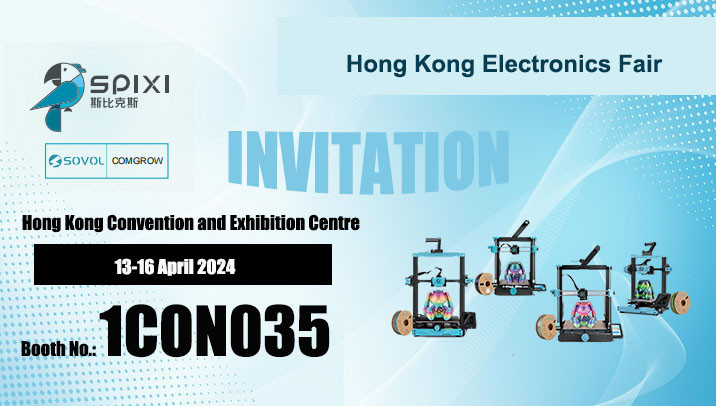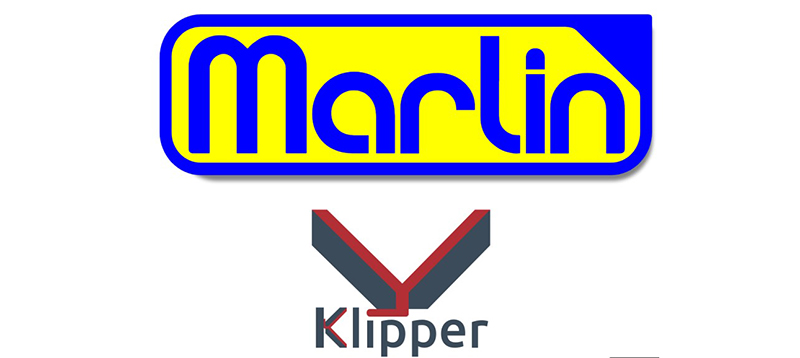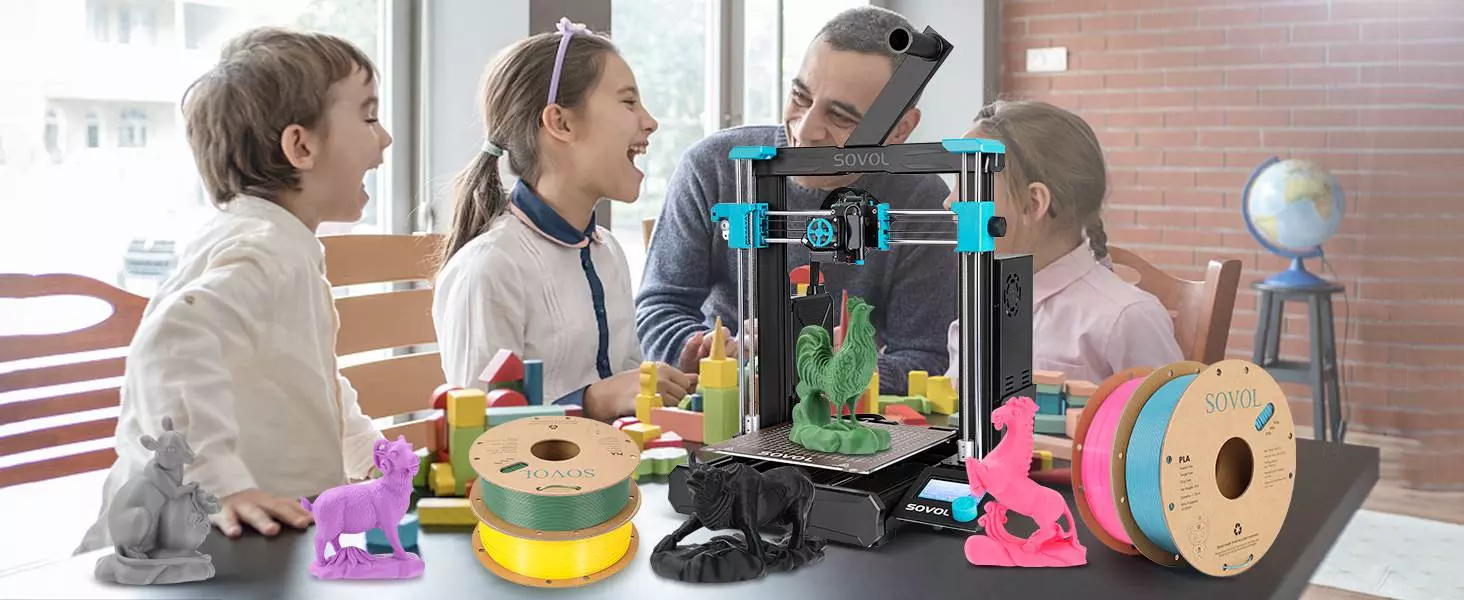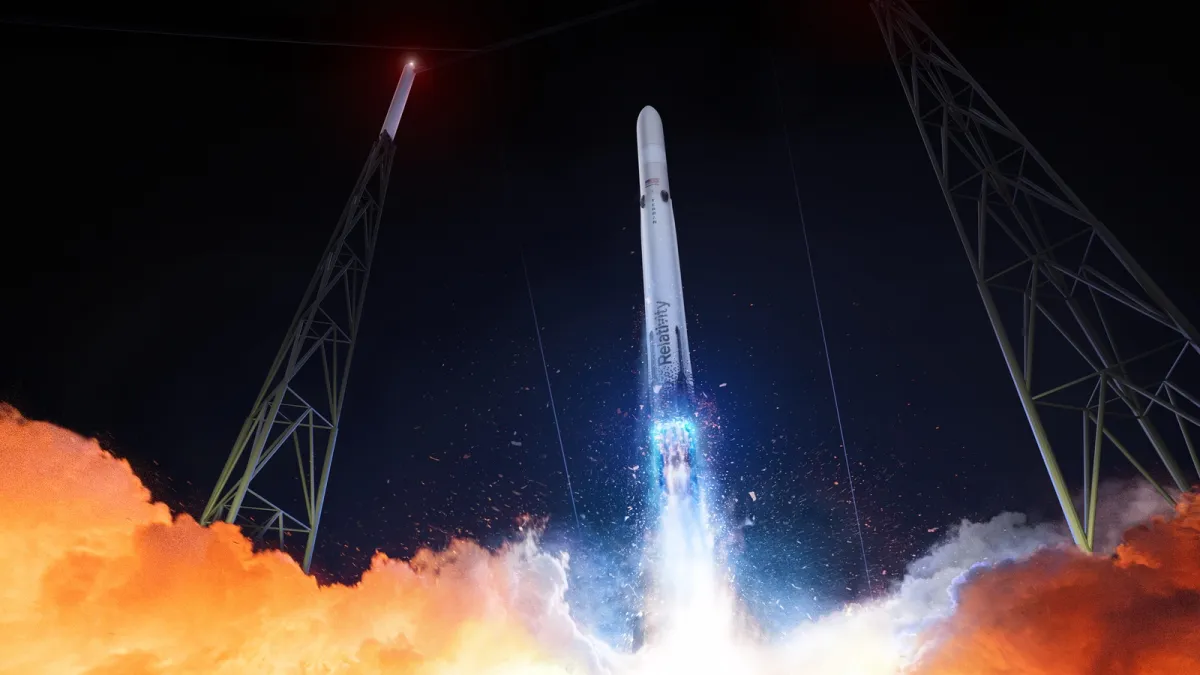Stereolithography (SLA)
Stereolithography (SLA) – SLA 3D printing Bangalore process is the first in the history of 3D printing. It's the oldest, so it's still being seen today.
Many printing techniques use a CAD file to handle an object, which is then translated to a format that a printer can understand. In this technology, the software processes the CAD model and produces the STL file containing each layer's information.
The whole procedure involves the subsequent layer by the layer printing process. There may be up to ten layers per millimeter. Until all the layers are printed, the object must be rinsed with a solvent. And put in an ultraviolet oven to complete the operation.
Digital light processing (DLP)
DLP is somewhat similar to stereolithography. Larry Hornbeck of Texas Instruments was the founder of this technology in 1987. This is popular in projector manufacturing and is also applicable to mobile phones and 3D printing.
DLP technology uses digital micromirrors on a semiconductor chip. While both DLP and SLA work with photopolymers, they use separate light sources. DLP uses more traditional outlets, such as arc lamps.
Besides, DLP uses a liquid crystal display panel mounted to the whole building material's surface. The material used for printing is a liquid plastic resin that is mounted in a translucent resin tube. The resin hardens easily when exposed to a significant volume of light.
The pace of printing is high. DLP produces more stable 3D structures with superior resolution compared to SL. It also requires less material resulting in lower costs and less pollution.
Fused Deposition Modeling (FDM)
FDM is the most popular and commonly used 3D printing technology. It helps you to print concept models and end-use items with an engineering-grade thermoplastic.
FDM is the only 3D printing technique that builds thermoplastic-grade parts that yield outstanding mechanical, thermal, and chemical properties, making them very useful and desirable to manufacturers and engineers.
FDM Technology creates a 3D object layer by layer from bottom to top by heating and extruded thermoplastic filament. The whole method is similar but slower than stereolithography.
This technology uses special software to cut the CAD model into layers and measure how the printer extruder forms each layer. The printer heats the thermoplastic to its melting point and extrudes it through the nozzle to the base to create a platform around the calculated path.
The computer converts the object's dimension into the X, Y, and Z dimensions and monitors the nozzle and the base such that the calculated path is taken during printing.
This technology is used in car companies such as Hyundai and BMW and food companies such as Nestle and Dial. FDM technology is easy to use and can create complex geometries and cavities. Moreover, it is environmentally safe.
Selective Laser Sintering (SLS)
This technology uses a laser as a source of power to create 3D artifacts. Carl Deckard, a Texas University student, and his mentor Joe Beaman discovered this technology in 1980. SLS has some similarities to SLA but varies in the material used.
SLS uses powder material instead of liquid resin. In comparison, SLS does not use any support mechanisms since the item being printed is still covered by unsintered powder.
Like other technologies, SLS begins with the development of a CAD file, which is then translated to a.stl format using special tools.
This technology enables nylon, ceramics, glass, and metals such as aluminum, steel, or silver. SLS is famous for customizing 3D objects due to its wide range of materials.
Selective laser melting (SLM)
This technique also uses CAD data and creates a 3D object with a high-powered laser beam that fuses and melts metallic powders. Several sources consider SLM to be a subcategory of SLS, but the two technologies have significant variations.
In comparison to selective laser sintering, the SLM process completely melts the metal into solid 3D parts. SLM also uses a CAD file and some tools to break the CAD file into 2D layers.
Electronic Beam Melting (EBM)
This technology is another form of additive manufacturing of metal parts. It is similar to SLM, although it also uses a powder bed fusion technique.
However, instead of using a high-intensity laser beam as the source of power, it uses an electron beam. This is the only distinction between the two, and the rest of the mechanism is the same.
EBM is sluggish and costly compared to SLM. Materials are also minimal. Some of the materials used are commercially pure titanium, Inconel 718, and Inconel 625. This technology focuses on medical and aerospace implants.
Laminated object manufacturing (LOM)
Helisys Inc., a California-based corporation, designs this rapid prototyping framework. During the LOM process, layers of adhesive-coated paper, plastic, or metal laminates are blended by heat and pressure.
They are then sliced into forms using a computer-controlled laser or knife. Post-processing of 3D printer components requires machining and drilling.
This technology also begins with a CAD file that is later translated to an STL or 3DS format.
Binder Jetting Technology (BJ)
The Massachusetts Institute of Technology invented BJ 3D printing. It's named by many other names, such as:
- Powder Bed Printing
- Inkjet 3D printing
- Drop-on-the-powder
- Binder Jetting (BJ) – the most common name in the world.
BJ uses two types of powder-based material and a bonding agent. The bonding agent serves as a solid glue that binds together the powder layers.
The printer's nozzles extrude the binder in a liquid form similar to the standard 2D inkjet printer. After finishing each layer, the plate is lowered slightly to allow for the next one. The procedure is replicated until the process is done.
This 3D printing technology does not give you high-resolution or over-rugged 3D artifacts. But this helps you to print pieces in full color.
BJ is used in the aerospace, automobile, and medical sectors.
Polyjet and Wax Casting - Material Jetting (MJ)
Material Jetting is also called casting wax. Unlike other 3D printing technology, no one has invented MJ.
This is known to be more of a technique than a real printing process. Jewelers have been using it for decades to make high-quality, customizable jewelry.



(1)-ZI1.webp)







